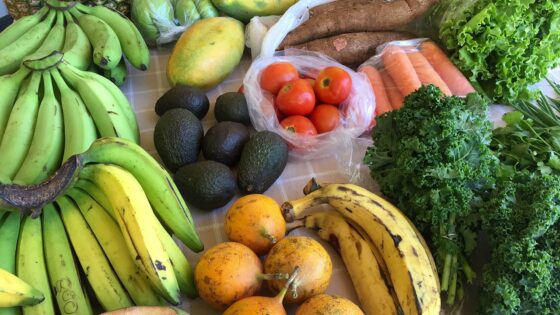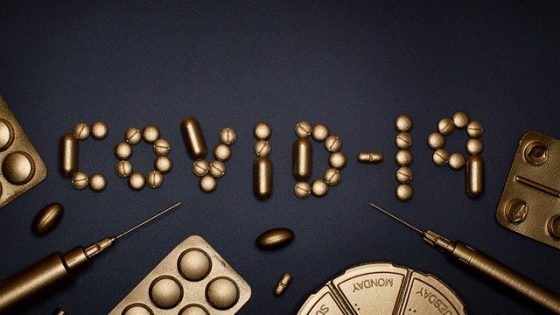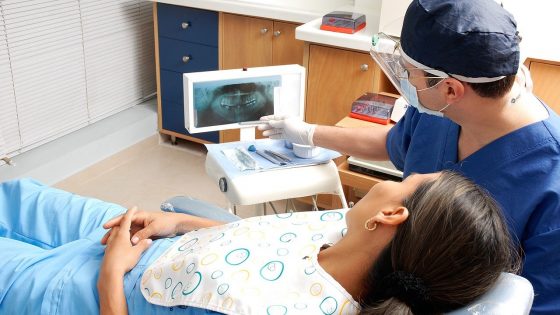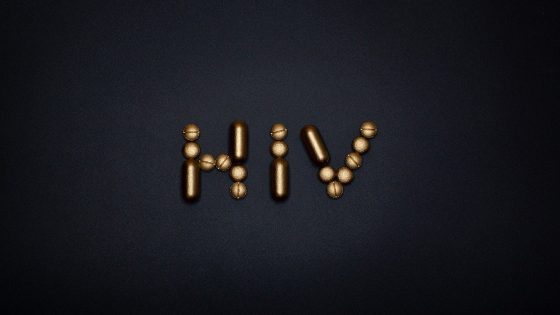coloanal anastomosis
A surgical procedure in which the colon is attached to the anus after the rectum has been removed. Also called coloanal pull-through.
coloanal pull-through
A surgical procedure in which the colon is attached to the anus after the rectum has been removed. Also called coloanal anastomosis.
colon
The longest part of the large intestine (a tube-like organ connected to the small intestine at one end and the anus at the other). The colon removes water and some nutrients and electrolytes from partially digested food. The remaining material, solid waste called stool, moves through the colon, is stored in the rectum, and leaves the body through the anus. The colon is part of the digestive system.
colon cancer
Cancer that forms in the tissues of the colon (the longest part of the large intestine). Most colon cancers are adenocarcinomas (cancers that begin in cells that make and release mucus and other fluids).
colon crypt
Tube-like gland found in the lining of the colon and rectum. Colon crypt cells renew the lining of the intestine and make mucus. Also called gland of Lieberkuhn.
colon polyp
An abnormal growth of tissue in the lining of the bowel. Polyps are a risk factor for colon cancer.
colonoscope
A thin, tube-like instrument used to examine the inside of the colon. A colonoscope has a light and a lens for viewing and may have a tool to remove tissue.
colonoscopy
Examination of the inside of the colon using a colonoscope, inserted into the rectum. A colonoscope is a thin, tube-like instrument with a light and a lens for viewing. It may also have a tool to remove tissue to be checked under a microscope for signs of disease.
colony-stimulating factor
A substance that stimulates the production of blood cells. Colony-stimulating factors include granulocyte colony-stimulating factor (G-CSF), granulocyte-macrophage colony-stimulating factor (GM-CSF), and promegapoietin.













